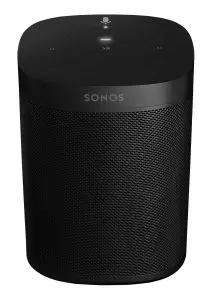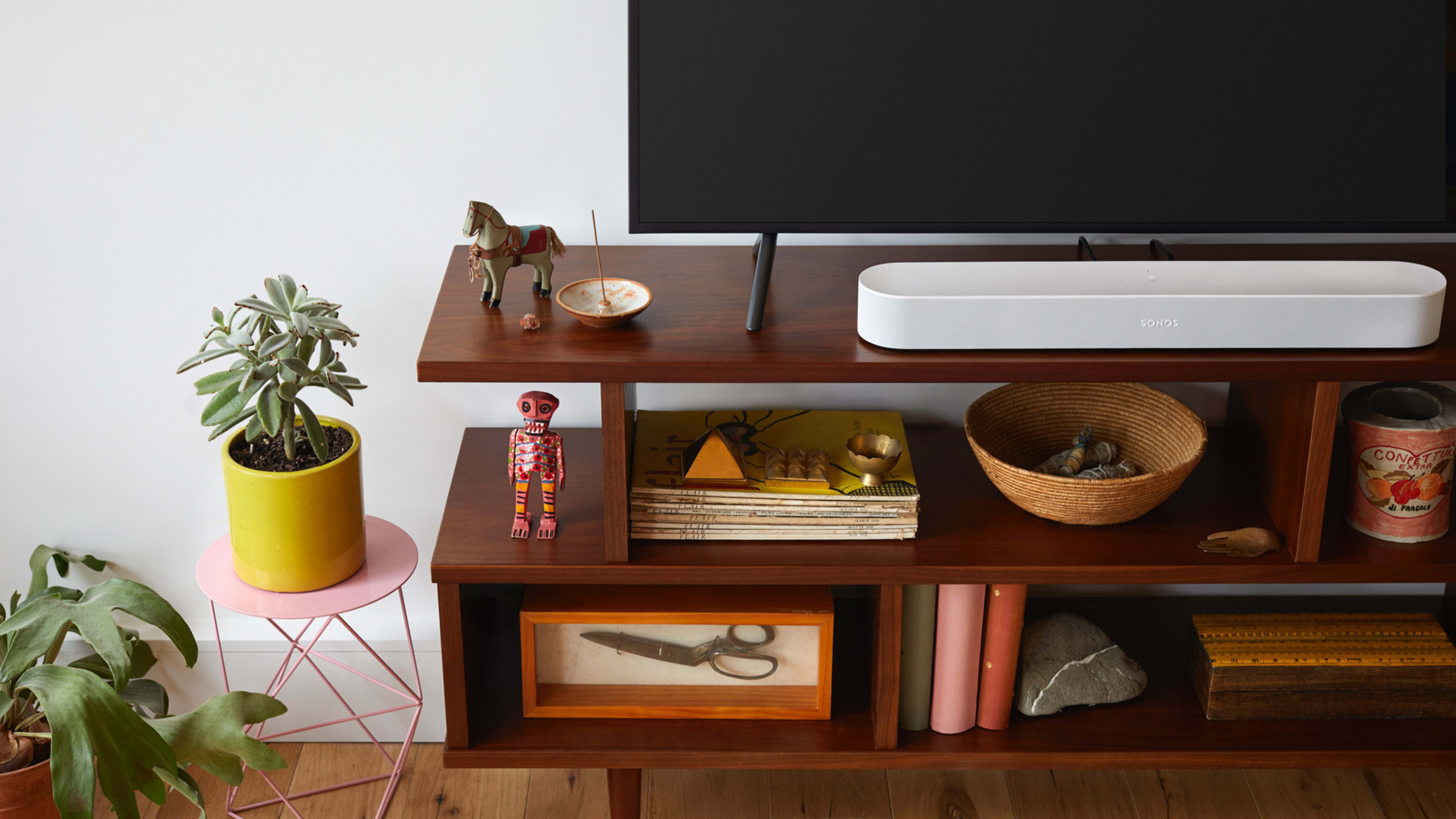Back in October 2017, Sonos unveiled a new speaker called the Sonos One. It aimed to meld the company’s traditional strength—great-sounding music with a multi-room approach—with the newer trend toward smart speakers that let you accomplish a variety of tasks through voice commands. And rather than building its own voice assistant or betting everything on one tech giant’s ecosystem, Sonos announced that the One would support both Amazon’s Alexa and the Google Assistant—with Alexa available at launch and the Google Assistant arriving in 2018.
As 2018 turned into 2019, the company said it needed more time to complete work on the Google Assistant integration. Today, the feature is arriving for U.S. users as a software update for the Sonos One and the Beam soundbar, both of which have the microphones required for voice-assistant functionality.
Why the delay? When Sonos recently demoed the new functionality to me—at a house in Palo Alto around the corner from the original HP garage—I asked principal product manager Joe Van Zyl that. Without singling out any particular challenge, he acknowledged that melding the Assistant with the Sonos experience was tough. “The fact that we wanted everything to work was our main focus,” he said. “We wanted it to be seamless. And so all these edge cases that you find with anything in software, that you need to work through, we worked through.”

And even though Sonos is only supporting one AI service at a time, the integration involves a lot more than shuttling commands up to Google’s servers and getting a response back. “One of the things that we’re really proud of—we think it’s really cool, but it’s a lot of hard work—is something we internally call continuity of control,” says senior product manager Aaron Goldstein. For instance, in one Spotify listening session, you could theoretically segue at will between Alexa and the Google Assistant (on different speakers) as well as the Sonos app and the Spotify app, without worrying about how you’d started listening. You can also use an Amazon Echo or Google Home speaker to control the music playing on Sonos speakers elsewhere in the household. (Deezer, Google Play Music, I Heart Radio, Pandora, Spotify, and Tidal currently have the richest Google Assistant support, with custom voice commands tailored to their unique features.)
Along with letting you control the Sonos audio experience, the new Google Assistant support lets the Sonos One and Beam do most of the things that Assistant can accomplish on Assistant-compatible hardware, including managing smart-home gadgetry such as Philips Hue lightbulbs. There are a few exceptions: For instance, you can’t place phone calls. (“This is a bespoke integration,” says Anurag Jain, who is a product lead at Google for the Assistant.) Useful though the Assistant’s array of capabilities are, you can get them from something as affordable as a $29 Google Home Mini, which means that the $200 Sonos One and $400 Beam’s principal selling point will be the one that’s defined Sonos all along: a premium audio experience.
“We talk a lot about the ‘time to music,'” says Goldstein. “We want there to be the smallest barrier to get to your music as possible. And sometimes it’s voice. You don’t have to get up from your couch. You don’t even have to pick up your phone. And you can get music going.”
Recognize your brand’s excellence by applying to this year’s Brands That Matter Awards before the early-rate deadline, May 3.
